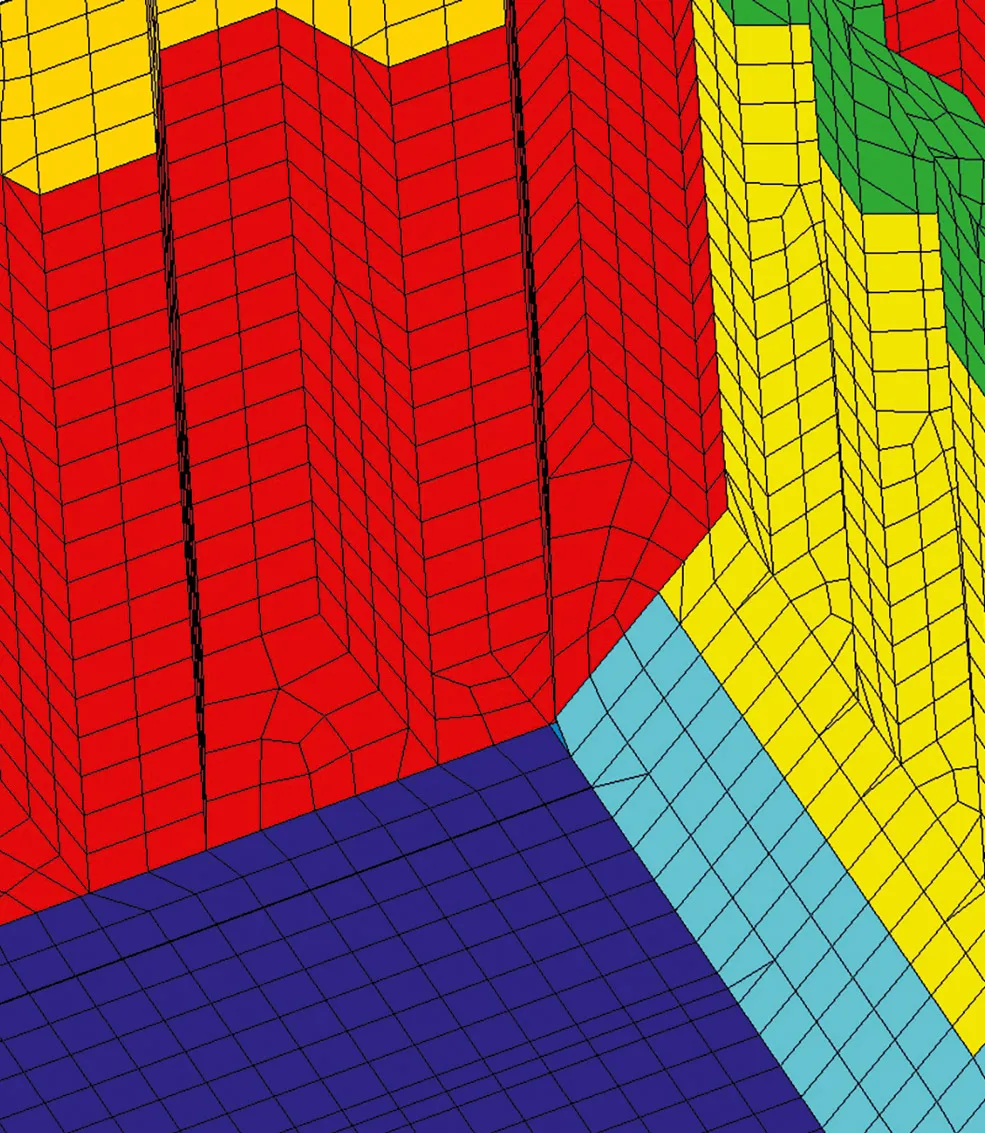Simplifying bulkhead construction
Taking unnecessary complexity out of the shipbuilding process while improving functionality and structural stability is a never-ending endeavour. DNV GL and several partners have looked at ways to simplify bulkhead corrugation joints.
Cargo holds in chemical tankers typically have corrugated bulkheads to achieve adequate structural stability without requiring excessive material thickness. The production of these corrugations naturally involves much more material and labour than building straight bulkheads, and corrugated bulkheads with all their recessed edges are harder to clean. It is therefore in the best interest of both owners and shipbuilders to develop design approaches which reduce manufacturing costs while facilitating tank cleaning. This can be achieved in particular by reducing the length of welded seams and avoiding complex structural features wherever possible.

Rethinking a proven concept
A new feasibility study by DNV GL and several industry partners has investigated simplified structural tank bulkhead arrangements involving corrugations with “hinged” ends with the aim of avoiding an excessive number of parts and the associated welding work. The common feature of all variations of this arrangement was a 45-degree inclined plate at the end of each corrugation which carries the lateral forces into the surrounding structure via a single, straight welded seam or “hinge”. Corrugations with hinged ends have been used in outer tank bulkheads of independent tanks for hot cargo and in deck panels of a product tanker from the 1980s and have performed satisfactorily. Building upon this experience, the new research project investigated the feasibility of applying this engineering principle on a broader basis, with a focus on tank bulkheads.
Key objectives of the project were to simplify bulkhead geometry so as to achieve clean surfaces, reduce shadow areas, facilitate assembly as well as drainage, and reduce complexity by maximizing the number of repetitive geometries and parts while decreasing the number of steel pieces; to boost the available tank volume by removing or minimizing voids behind angular plates; and to keep surface stresses and potential paint cracks to a minimum while avoiding deformation of structural elements surrounding the corrugation ends.

Promising results
DNV GL’s comprehensive strength assessments, including finite-element computations of the yielding, buckling and fatigue behaviour of various hinged end arrangements of centre line– and transverse bulkhead corrugations in a typical product and chemical tanker design showed that the proposed hinge joints generally show low to moderate stresses, with few exceptions where improvements to the structural arrangements would be advisable. In any such scenario, however, it would be crucial to pay close attention to precise alignment of the hinge welds at the end supports and generally to high welding quality. Points of stress concentration, such as where stiffeners or webs meet the corners of an inclined plate, require special diligence by the design engineer. In addition, the influence of vibration on overall system stiffness should be accounted for. DNV GL is currently discussing the application of hinged bulkhead corrugation ends with various shipowners, shipbuilders and designers, all of whom have shown great interest. Various joint development projects are in the planning stages.
Contact us

